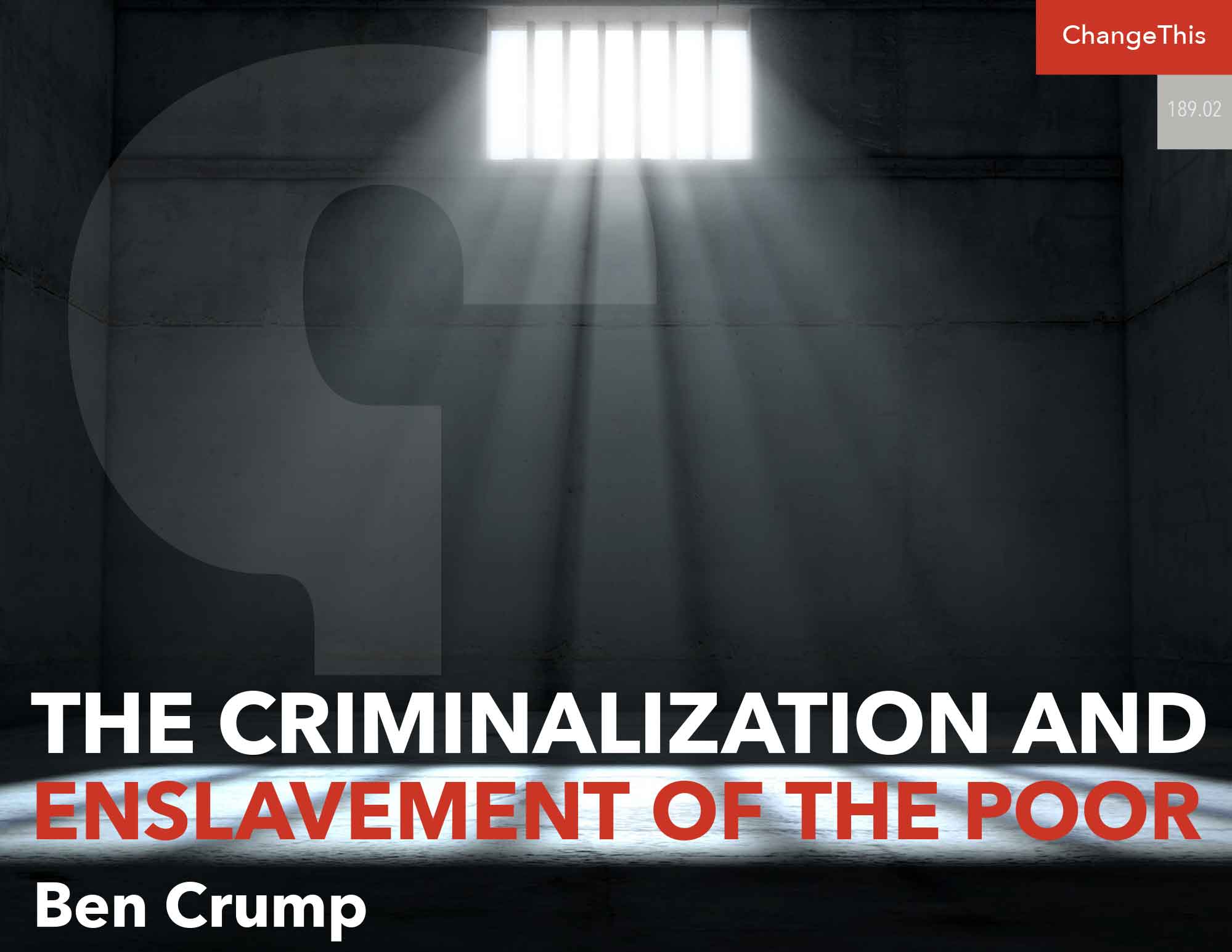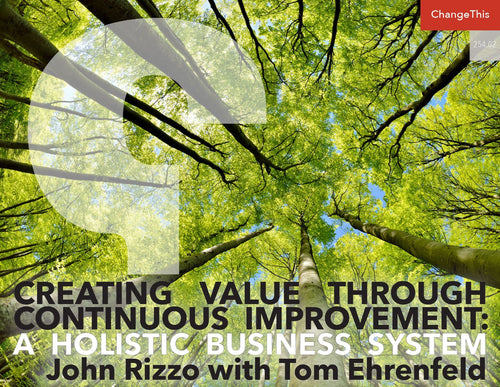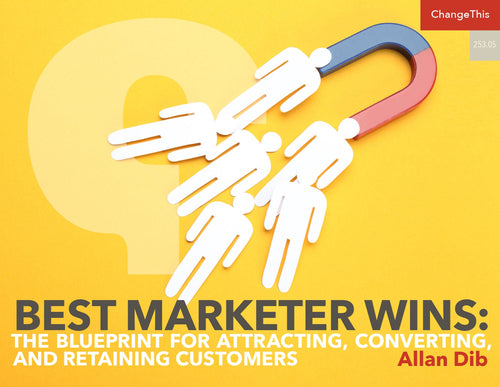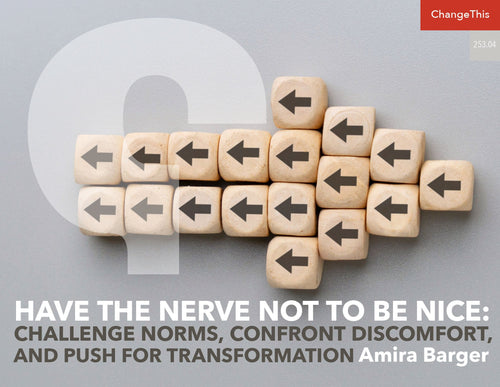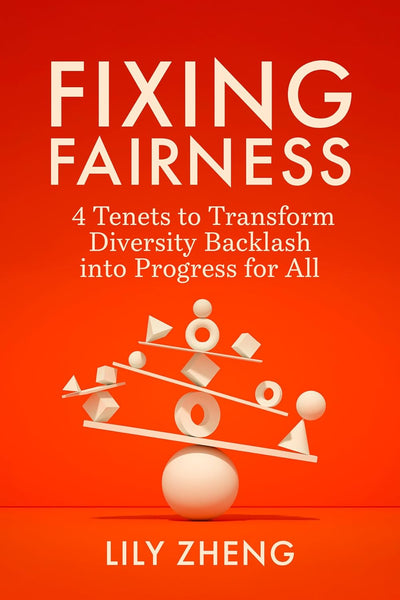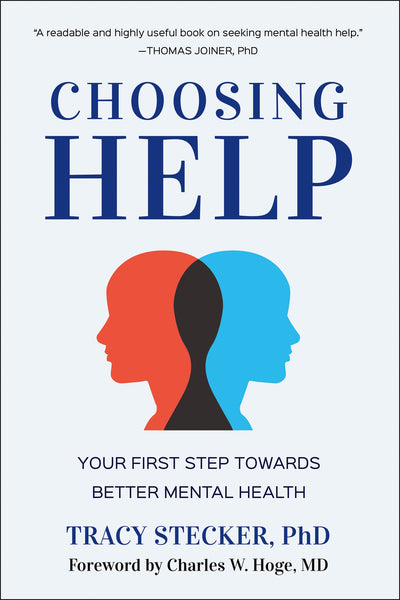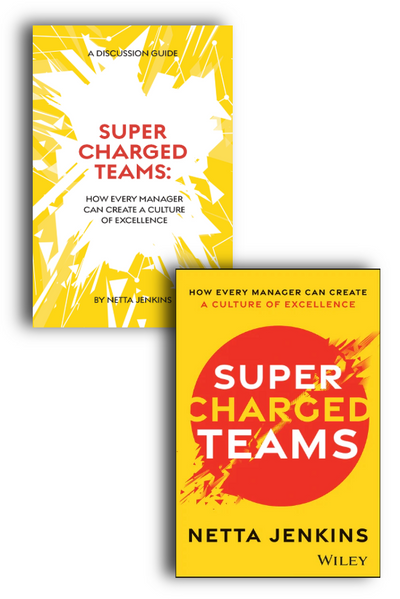The Criminalization and Enslavement of the Poor
“The American penal system has emerged as a system of social control unparalleled in world history.”
—Michelle Alexander
Due to the nature of our economy, corporate greed is one of America’s defining characteristics. Corporations are required to make as much money as legally possible for their investors. What is one of the most effective ways for a business enterprise to increase profit? By reducing costs. A company can make more if it can spend less on the cost of supplies, manufacturing, distribution, and labor. This basic principle was the economic driver that made the elimination of slavery untenable, even for those who found it morally distasteful. Slavery maximized profits exponentially by slashing labor costs. The slave owners who built the framework for the country used this economic interest to rationalize their behavior and then, over time, constructed a legal basis for slavery.
As the Civil War drew to a close in 1865, a constitutional amendment to abolish slavery was debated in Congress and elsewhere. The debate centered around the desire to continue to derive the benefits of free labor. Lawmakers in the Southern states, emboldened by President Andrew Johnson’s amnesty proclamation for ex-Confederates, seized upon the “duly convicted” language in the Thirteenth Amendment, known as the Punishment Clause or “prisoner-labor exception clause.”
The negotiated compromise would have long-lasting impacts on Black Americans: American business could still benefit from free or cheap labor after slavery by recategorizing and reidentifying Blacks not as “slaves” but as prisoners who, being punished through legislation that defined arbitrary behaviors as crimes, could forcibly be put to work. After the Civil War, as privileges were given to newly freed slaves, other forms of economic captivity were quickly created to eat away at the fresh dish of freedom. Black Americans were no longer slaves to individual masters, but were now enslaved by companies that essentially leased them.
Freeing the slaves left the Southern economy alienated from its lifeblood, and the South yearned for the chance to replace the institution of slavery within a new industrialized structure that would go beyond the agricultural outline left in the ruins of the Civil War. The convict-leasing system was the answer.
John T. Milner of Alabama was a businessman and economic strategist who exploited the commodification of human life, believing that it was essential to establishing financial advancement in the South. In the 1870s, Milner, with the help of Alabama’s penal system, took convicts and put them to work in coal mines. With that move, Blacks were conscripted back into captivity within the context of a corporate entity under the guise of an alliance between the state and the corporation.
This plan set the stage for a set of laws known as the Black Codes, which allowed Southern states to regain control over freed slaves, maintain “white supremacy,” and ensure a continuous supply of cheap prison labor. The Black Codes restricted Blacks to certain jobs like farmer or servant and required them to sign labor contracts; if they refused, or signed and then broke the contract, they were subject to vagrancy laws and risked being arrested, fined, and forced into unpaid labor.
Vagrancy is essentially the crime of wandering about without employment or identifiable means of support. Imagine the newly freed Black man walking down a road, being approached by police, and asked, “Do you have a job?” When the Black man replied no, he was arrested on the pretext of vagrancy. The result of these Black Code crimes was that many newly freed slaves were sentenced back into slavery, and the Thirteenth Amendment had not been technically violated, because they were “duly convicted.” Once committed to involuntary labor, African Americans were leased out for work, sometimes to the very plantation owners who had enslaved them before the so-called abolition of slavery through the Emancipation Proclamation.
As the laws funneled Blacks into the system under the leasing system, the South’s economic engine was fed a convenient crop of unpaid workers for its growth and gain. Labor was such a problem in the South that the states did everything in their power to hold on to cheap Black labor in the interest of preserving the workforce, which caused new economic schemes to be created around the convict-leasing system. A transfer of power took place from the state level to the local level, and sheriffs became uncharacteristically powerful as they were heavily involved in leasing out Black convicts to local growers, contractors, and industrialists. Companies and individuals paid fees to state and county governments in exchange for prison labor on farms, in lumberyards, and in coal mines.
After Blacks were convicted, they were transported to the work site and remained there for the duration of their sentences. County prisoners convicted of misdemeanors were put to work in factories in the 1860s and on state-owned farms in the 1870s. State prisoners who were convicted of felonies worked on the railroads.
In 1871, just six years after the ratification of the Thirteenth Amendment, in the case of Ruffin v. Commonwealth, the Virginia Supreme Court made no attempt to gloss over this reality when it declared that prisoners were “slaves of the State.” The Supreme Court refused to overturn the Virginia court’s ruling, thus nullifying the Thirteenth Amendment. And slavery continued under this compulsory labor system, in which imprisoned African Americans made products that the state could sell for a profit.
The courts refused to intervene in this new system of slavery or to find violations of African Americans’ rights, and they continue to turn a blind eye today. The court’s treatment of prisoners as property has expanded to include throwing inmates who refused to provide slave labor into solitary confinement. In Mikeska v. Collins, decided in 1990, Frank Mikeska and three other inmates sought the court’s intervention after being placed in administrative segregation (solitary confinement) for refusing to be forced into indentured servitude by prison work assignments that provided no minimum wage. The Fifth Circuit Court of Appeals affirmed the state ownership of prisoners and held that “refusal to follow the established work regime is an invitation to sanctions.”
The court made it abundantly clear that inmates have no choice—they will work as slaves for the state, under whatever terms and conditions the prison chooses, and if they don’t, they can and will be punished.
While generating an estimated $2 billion in annual revenue for federal, state, and local governments and private contractors, inmates receive an average wage for an entire day’s work that equals less than what a minimum-wage earner receives for one hour of work. Measures as simple as requiring payment of the minimum wage for prison labor would, at the very least, show a commitment to enforcing the Thirteenth Amendment’s promise of freedom from the chains of slavery. And if there is any truth to the oft-cited goal of reducing recidivism, state and federal legislation requiring payment of minimum wage for inmates’ work could provide a means of reintegration into society upon release. Instead, many prisoners, having paid their debt to society by serving time in the prison system, are destitute when released.
Not only do the courts treat prisoners as chattel property, as slaves with no choice but to work, but in Minecci v. Pollard the Supreme Court ruled in 2011 that not only are prisoners slaves of the state, but they have no (civil) rights when held in private for-profit prison systems. There’s been a recent increase in the number of privately owned prisons that make money by housing state and local prisoners. These prisons are for-profit institutions that claim to be more cost-effective than traditional state-run facilities. The court, using familiar reasoning when it comes to nullifying the rights of African Americans, said that “private prison officials and staff are not agents of the State.”
Therefore, they are private citizens in much the same way that the Ku Klux Klan is an organization governed by private citizens, as it was defined by the court in the 1800s. Private citizens who violate the civil rights of others are not within the scope of the court’s or the federal government’s jurisdiction.
As of March 2019, the incarceration rate in the United States was 698 prisoners per 100,000 US residents. Although the United States is only 5 percent of the world population, it incarcerates 2.3 million people, which is 25 percent of the world’s total prison population. That is more people than any other country in the world, at a rate that is five times higher than most other nations. Private prisons are financially incentivized to push those numbers even higher for financial gain.
The ACLU and many other advocacy groups, including law-enforcement unions, oppose the use of private prisons because of conflicts of interest in the incentives to fill prisons to make money. In 2008, then vice president Dick Cheney was indicted along with former US Attorney General Alberto Gonzales in a Texas private prison case. Cheney was charged with conflict of interest for investing in and profiting from private prisons while being in a position to influence legislation that channels prisoners into private prison facilities. It was alleged that Cheney invested up to $85 million in these private prisons. Gonzales was indicted for using his position to stop an investigation into abuses at these private prisons that could have led to imposed sanctions and affected the quotas that kept them filled to capacity. A Texas judge ultimately disposed the indictments.
A 2013 report, “Criminal: How Lockup Quotas and ‘Low-Crime Taxes’ Guarantee Profits for Private Prison Corporations,” from In the Public Interest (ITPI) noted some disturbing facts about prison privatization and corporatization:
Sixty-five percent of the private prison contracts ITPI received and analyzed included occupancy guarantees in the form of quotas or required payments for empty prison cells (a “low-crime tax”). These quotas and low-crime taxes put taxpayers on the hook for guaranteeing profits for private prison corporations.
Occupancy guarantee clauses in private prison contracts range from 80 percent to 100 percent, with 90 percent as the most frequent occupancy guarantee requirement. Arizona, Louisiana, Oklahoma and Virginia are locked in contracts with the highest occupancy guarantee requirements, with all quotas requiring between 95 percent and 100 percent occupancy.
Colorado: Though crime has dropped by a third in the past decade, an occupancy requirement covering three for-profit prisons has forced taxpayers to pay an additional $2 million.
Arizona: Three Arizona for-profit prison contracts have a staggering 100 percent quota, even though a 2012 analysis from the Tucson Citizen newspaper shows that the company’s per-day charge for each prisoner had increased by an average of 13.9 percent over the life of the contracts.
Ohio: A twenty-year deal to privately operate the Lake Erie Correctional Institution in Ohio includes a 90 percent quota and has contributed to cutting corners on safety, including overcrowding, areas without secure doors, and an increase in crime both inside the prison and in the surrounding community.
The profits are staggering and dangerous for vulnerable populations. By incentivizing larger prison populations and taxing jurisdictions that have low crime rates, our for-profit criminal justice system creates a shocking economic driver to make sure bodies fill prison beds. Meanwhile, our court systems are set up to ensure a constant influx of new and recurring prisoners to augment the free labor force. Instead of setting out to lower crime and reduce prison populations, our contracts with for-profit prisons demand we create more criminals for financial gain.
Caddo Parish, Louisiana, sheriff Steve Prator spoke against a new state program that could release nonviolent prisoners early: “In addition to the bad ones … they’re releasing some good ones that we use every day to wash cars, to change oil in our cars, to cook in the kitchen, to do all that, where we save money.” It is clear that the sheriff was concerned about losing the labor force as well as his personal gains from their labor.
For-profit prison companies not only derive profit from their taxpayer-financed contracts; they create additional revenue by charging prisoners for collect calls, commissary purchases, health care, and more. In additional price gouging, prisoners can make collect calls only from pay phones run by the company that has won the exclusive contract to offer phone service at the prison. Like many other states that award the contracts, California collects a huge commission on prison pay-phone charges (as much as 44 cents per dollar). And California selects the phone company that gives it the biggest commission, not the lowest rates for prisoners. For example, a family member of a prisoner would pay about $5 for a fifteen-minute collect call from San Quentin to Oakland. The same call made from a pay phone right outside the prison costs about $2.55.
“Companies line up to market their products for prison contracts—everything from jumpsuits, meal trays, and straitjackets to masks that stop prisoners from spitting and full-body restraints.” States currently spend about $12.3 billion a year on health care for prisoners, and many state systems are outsourcing these services to profit-driven companies.”
According to a report by the Sentencing Project, if current incarceration trends continue, one of every three Black males born today can expect to spend some of his life in prison. For Latino males, one in six. For white males, one in seventeen. The report documents the pipeline that creates this reality: Blacks and Latinos are disproportionately more likely than white Americans to be arrested, after which they become constitutionally permitted slaves of the state. Practices such as Stop and Frisk and the well-documented police proclivity to pull over Black motorists ensure the continuation of this trend. According to the Center for American Progress, Black and brown people account for 60 percent of the prison population in the United States. Also, as the number of women incarcerated has increased by 800 percent during the last thirty years, the percentage that are Black and brown women has grown disproportionately. Black women are three times more likely than white women to be in jail or prison, while Latino women are 69 percent more likely than white women to be incarcerated. Oddly, even as the crime rate dropped significantly over the last thirty years, the incarceration rate increased sharply. From 1991 to 1994, crime dropped 10 percent and violence decreased by 5 percent. From 1994 to 2000, crime fell an additional 23 percent, with violent crime going down by almost 30 percent as Black and brown men and women are fed into the prison industrial complex for private sector profit and economic gain.
Slavery was officially abolished in America more than 150 years ago, but the desire to replace its cheap labor source and funnel finances into private for-profit prisons has given rise to an immoral system that consciously and unconsciously criminalizes and imprisons Black and brown Americans.
Adapted from Open Season: Legalized Genocide of Colored People by Ben Crump. Copyright © 2019 by Benjamin Crump. All rights reserved.
ABOUT THE AUTHOR
Benjamin Lloyd Crump is an attorney at Parks & Crump, LLC, and is president and co-founder of MyDad 360, a mentoring program for fathers. He has been named among The National Trial Lawyers Top 100 Lawyers and Ebony’s Power 100. He is a recipient of the NAACP Thurgood Marshall Award, the SCLC Martin Luther King Servant Leader Award, the National Urban League’s Whitney Young Award, the TV One/NAN Triumph Award, and the AKA Eleanor Roosevelt Award.

